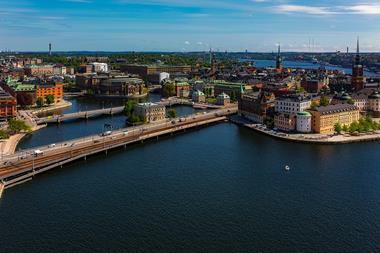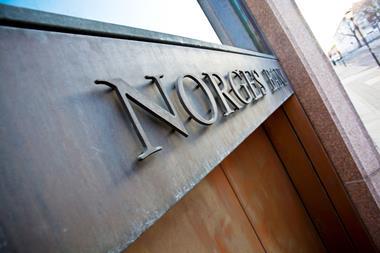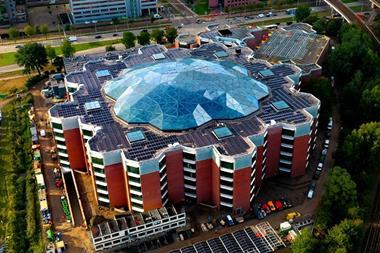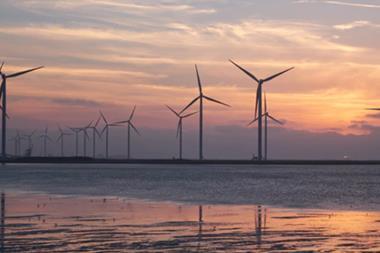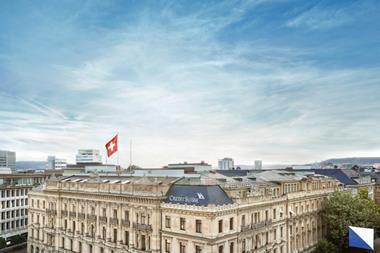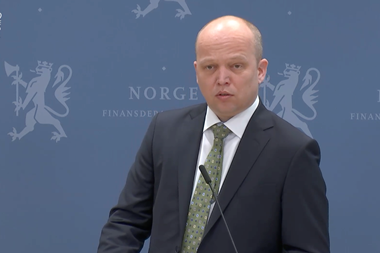Norway’s Government Pension Fund Global (GPFG) has surged in value so far this year – gains its first quarter report has today revealed are largely due to currency effects and the Nordic country’s petroleum revenues, as well as a 5.9% return on investments.
The sovereign wealth fund is currently worth NOK14.6trn (€1.25trn), according to the rolling figure on the homepage of the GPFG’s manager Norges Bank Investment Management (NBIM) – 17.5% more than its NOK12.4trn value at the end of December.
Announcing results for January to March, NBIM said this morning that the GPFG’s market value had increased by NOK1.9trn to NOK14.3trn in the first quarter, with NOK893bn of that rise due to the investment return, NOK217bn from net inflows from the government and NOK755bn from currency movements.
Trond Grande, NBIM’s deputy chief executive officer, said: “The equity investments had the most positive contribution to the return in the quarter. The rise of the equity market was to a great extent driven by the technology and consumer discretionary sector.”
Equities alone returned 7.4% for the SWF, according to the Q1 report, while fixed-income produced a 2.7% gain in the period. But the fund’s two unlisted asset classes – real estate and the fledgling allocation to renewable energy infrastructure ended the quarter with losses of -1.0% and -3.8%, respectively.
NBIM said the krone had depreciated against several of the main currencies during the quarter, contributing to a “considerable increase” in the fund’s value.
Although NBIM’s investment returns were markedly stronger in the first quarter than the full-year loss of -14.1% in 2022, the central bank arm revealed it had narrowly underperformed its benchmark index in Q1 by 0.06 of a percentage point.
Last year, NBIM outperformed its index by 0.88 of a point, citing forms of active management as reasons for that success.
At the end of March this year, 70.1% of the GPFG was held in equities, 27.3% in fixed income assets, 2.4% in unlisted property and 0.1% unlisted renewable energy infrastructure, the Q1 report showed.
Read the digital edition of IPE’s latest magazine












